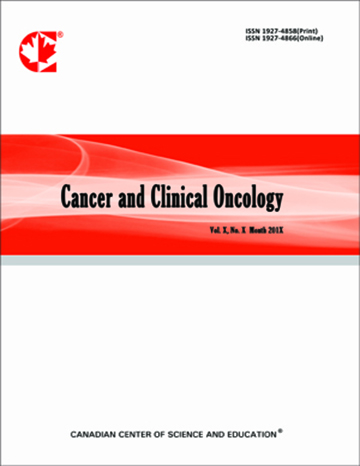Prognosis for Survival of Young Women with Breast Cancer by Quantitative p53 Immunohistochemistry
- David Axelrod
- Kinsuk Shah
- Qifeng Yang
- Bruce G. Haffty
Abstract
p53 protein detected immunohistochemically has not been accepted as a biomarker for breast cancer patients because of disparate reports of the relationship between the amount of p53 protein detected and patient survival. The purpose of this study was to determine experimental conditions and methods of data analysis for which p53 stain intensity could be prognostic for survival of young breast cancer patients. A tissue microarray of specimens from 93 patients was stained with anti-p53 antibody, and stain intensity measured with a computer-aided image analysis system. A cut-point at one standard deviation below the mean of the distribution of p53 stain intensity separated patients into two groups with significantly different survival. These results were confirmed by Quantitative Nuclear Grade determined by DNA-specific Feulgen staining. P53 provided information beyond ER and PR status. Therefore, under the conditions reported here, p53 protein can be an effective prognostic factor for young breast cancer patients.
- Full Text:
 PDF
PDF
- DOI:10.5539/cco.v1n1p52
Journal Metrics
Google-based Impact Factor (2018): 3.94
h-index (August 2018): 8
i10-index (August 2018): 6
h5-index (August 2018): N/A
h5-median(August 2018): N/A
(The data was calculated based on Google Scholar Citations. Click Here to Learn More. )
Index
Contact
- Lexie GreyEditorial Assistant
- cco@ccsenet.org
